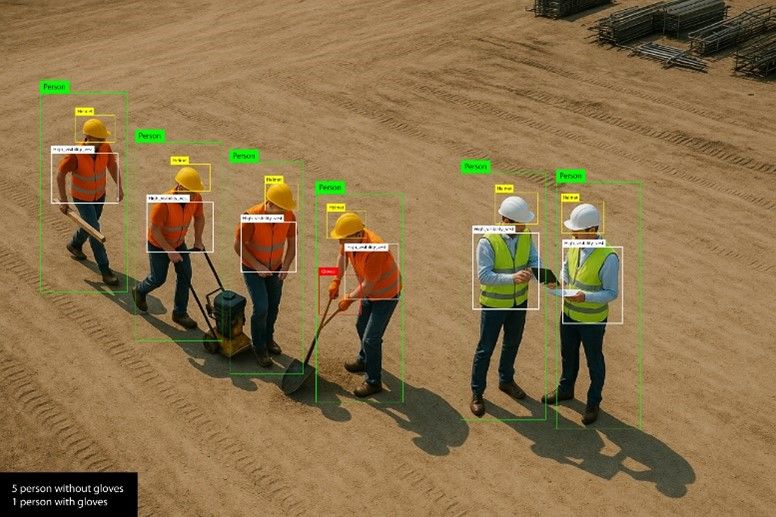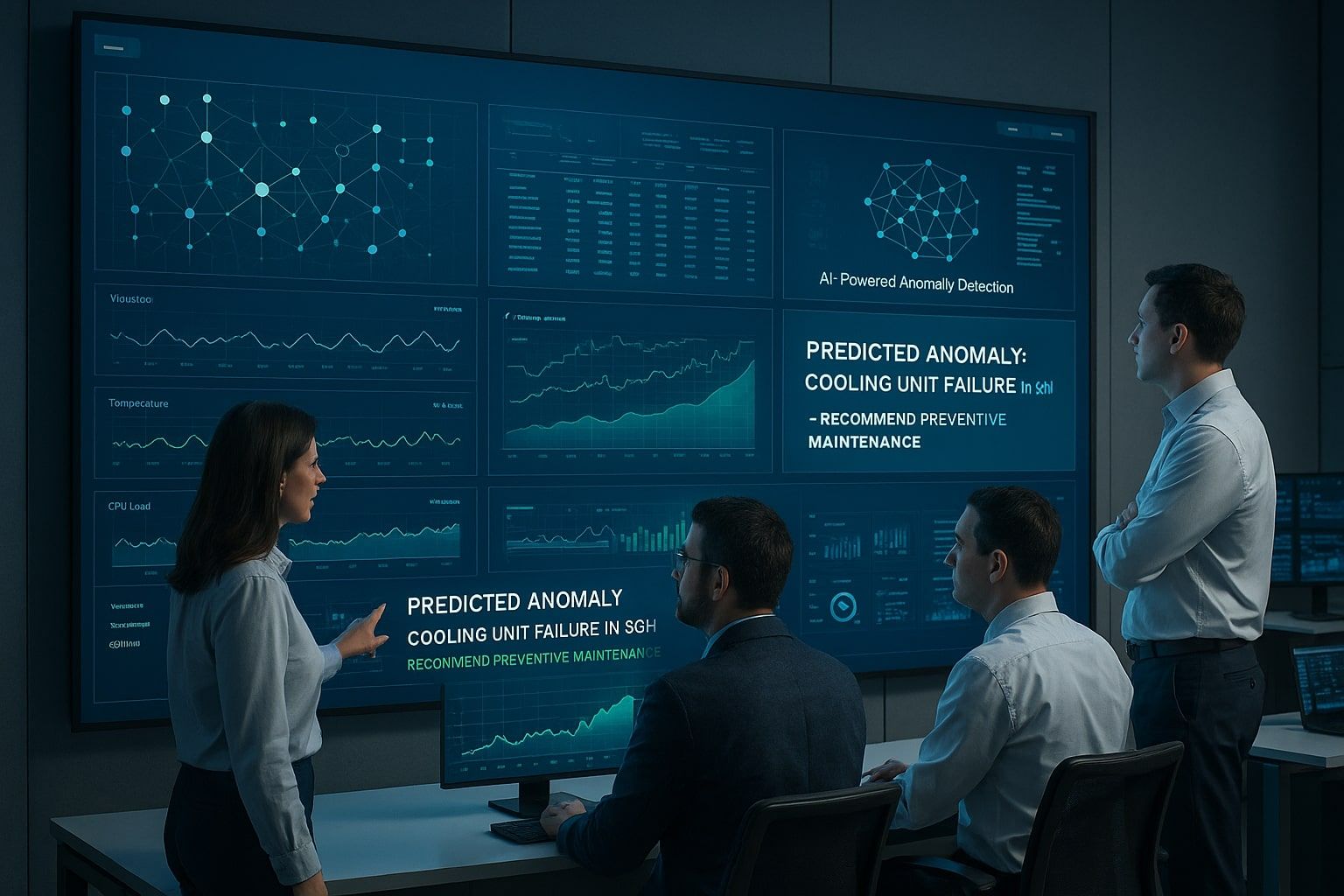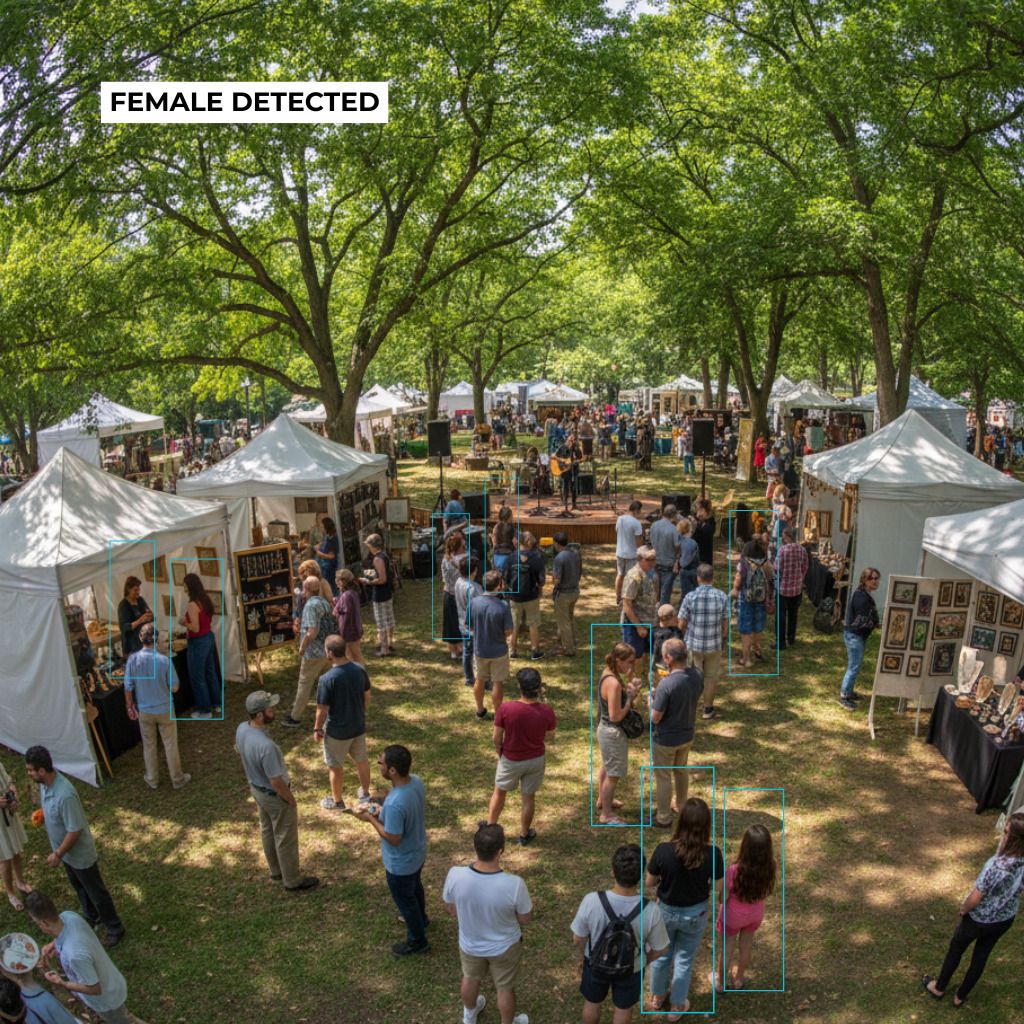PPE Detection Systems: How They Improve Safety and Save Lives
The first way workers in hazardous places are protected is through PPE , which stands for Personal Protective Equipment. PPE refers to specialized gear that protects workers from various hazards.
The first way workers in hazardous places are protected is through PPE , which stands for Personal Protective Equipment. PPE refers to specialized gear that protects workers from various hazards. Yet, making sure that everyone in the workplace always wears the right PPEs has been a common challenge, mainly in places with many employees.
PPE detection systems are modern tools that use artificial intelligence (AI) to oversee, ensure, and make workplaces safer. It looks into how PPE detection systems play a key role in ensuring safety, ensuring correct behavior, and saving lives.
What Is PPE Detection?
Personal Protective Equipment (PPE) detection refers to the use of advanced technologies, such as AI-powered vision systems, to automatically identify and verify if workers are wearing the required protective gear. These systems are increasingly adopted in industries like manufacturing, construction, and healthcare to uphold strict safety protocols and minimize workplace hazards.
See also: People Counting Solution for Malls: Enhancing Customer Insights and Safety
Why PPE Detection Matters
Workplace safety relies heavily on the consistent use of PPE such as helmets, safety glasses, gloves, vests, and masks. Missing or incorrect PPE can lead to serious injuries or fatalities in high-risk environments. PPE detection systems offer a real-time solution to ensure compliance and provide immediate alerts to prevent accidents before they happen.
- Improves hazard recognition by monitoring PPE usage continuously.
- Reduces human error of manual safety checks.
- Supports regulatory compliance by producing audit-ready reports.
Types of PPE Essential for Workplace Safety
Personal Protective Equipment (PPE) plays an important role in protecting employees from possible hazards in their workplaces. The PPE basic to use includes hard hats, safety glasses, gloves, and high-visibility vests, all assigned to help protect workers at work. Safety glasses and hard hats are required on construction sites because they protect from accidents involving the head and eyes.
The use of computer vision algorithms in automated PPE detection means workers can be watched over to ensure the proper use of safety gears. Using deep learning, such tools are designed to find non-conformities in safety tasks and right away notify safety managers, which encourages better safety management and regular review of safety processes. As an example, if someone at a place requiring safety gear is not wearing it, the system sends an alert so that quick action can be taken.
These detection systems are usually setup by integrating them with cameras and CCTV, which makes them easily join the current security system and covers all necessary security gear. These solutions continue to check up on PPE use, helping to stop possible accidents and make sure that companies keep up with all workplace safety measures.
How PPE Detection Systems Work
Modern PPE detection systems rely on a combination of computer vision, deep learning, and real-time analytics. Here’s how the process typically unfolds:
- Visual Detection: Cameras capture live footage of workers in operational areas.
- AI Analysis: Advanced algorithms classify and analyze the footage, identifying PPE items and checking for compliance.
- Immediate Alerts: When non-compliance is detected, the system issues instant notifications, allowing for prompt intervention.
- Data Reporting: The system compiles compliance data, generating reports that help organizations identify trends, gaps, and areas for improvement.
Some systems, like those using the YOLO (You Only Look Once) model, can detect multiple PPE items simultaneously with high speed and accuracy, making them suitable for busy, high-risk environments.
See also: Passenger Counting and Crowd Management in a Railway Station Using AI Computer Vision
Industries That Benefit from PPE Detection Systems
1.Construction
Persons working on construction sites are required to have on safety hats, gloves, and harnesses as they are quite dangerous areas. It is necessary to detect PPE because it protects workers from harm near them as well as harm coming from above.
2. Distribution of goods & Products
Factories and warehouses have lots of heavy machinery, chemicals, and moving devices. Detecting PPE means employees have to use safety goggles, ear muffs, and steel-toe boots to avoid accidental injuries.
3. Healthcare
In hospitals and laboratories, masks, gloves, and gowns are needed to ensure staff members do not get infections. With the help of AI, healthcare staff can make sure they are safe at all times.
4. Oil and Gas
People in this workplace may encounter severe risks such as fire and toxic materials. The use of PPE detection guarantees that fire-resistant uniforms, helmets, and gas masks are all worn according to the standard.
AssistX Vision: Advanced PPE Detection for Modern Workplaces
One of the leading solutions in this field is AssistX Vision, a state-of-the-art PPE detection system designed to recognize the PPE worn by workers in real time. AssistX Vision leverages advanced computer vision and AI algorithms to accurately identify whether employees are wearing the required safety equipment.
PPE detection is a major improvement in efforts to improve safety on the job. With the help of AI and up-to-date data, organizations can look after each worker’s safety, round the clock. This approach results in a higher level of safety, increased productivity, better compliance, and saves lives, with safety being always kept in mind.
When hazards are everyday realities in an industry, choosing PPE detection means taking care of every employee, not only updating technology. AssistX Vision is one of the main solutions pushing workplaces to become much safer and efficient.
Further reading: Safety and Management with AI-Powered Hall Crowd Monitoring


